How Are Diamonds Made? Natural vs Lab-Created Explained
Two Paths, One Diamond Not all diamonds come from the same place — but they all start the same way. Pure carbon, crystalized under immense pressure and heat. Whether it…
How to Clean Jewelry – Basics
First things first: Do not expose gemstone jewelry to mechanical cleaners. Traditional oil treatments can be driven out and many gems may crack or shatter when exposed to sudden temperature changes or ultrasonic bubble implosions. Keep reading to learn more.
PriceScope Pointer: If you want best returns on your jewelry investments, in the form of vibrancy and sparkle, practice our Careful Cleaning Credo each day.
Before going on: Check out the PriceScope Diamond Buying Guide
These pages may reference products from companies that help to support PriceScope.
Jewelry Cleaning Described
When jewelry is worn it becomes exposed to elements in the environment. This can include dust, pollen, pollutants, and aerosols and different weather conditions. Even contact with your skin exposes your precious pieces to perspiration, your body’s chemistry, lotions, cosmetics and fragrances – not to mention buildup over time or knocks which force detritus into nooks and crannies.
The good news is your jewelry was designed to be worn. Frequently and proudly. You will be able to keep your jewelry in top condition by following some careful cleaning tips – and enlisting the help of a professional jeweler every so often to deep-clean and check integrity.
How to Clean Jewelry – Let’s Get Practical
If you want best returns on your jewelry investments, in the form of vibrancy and sparkle, begin by practicing this careful cleaning credo each day.
Careful Cleaning Credo: Each day, before retiring: Remove all jewelry and wipe each piece down with a clean soft dry cloth to remove perspiration, chemicals, etc. This prevents buildup and helps maintain optimum beauty between professional cleanings.
Committing to this credo may require breaking old habits, like wearing rings, earrings or bracelets for days on end without removal. But it’s important to do this with regularity because it prevents lotions, sweat, grease and dirt from building up, becoming permanently embedded and difficult to remove.
Best of all:
This simple soft dry cloth wipe down can be applied to all daily wear jewelry creations without risk of damage.
Bonus:
Doing this will also keep your gemstones’ refractive indices from changing. If you ever wondered why jewelry seems to dull over time, it’s not the gems. It’s detritus on the stone – perhaps on the pavilion, where it’s hard to reach. Light that would normally reflect gets drawn out by grease or oil on the underside. This mutes how diamonds and gemstones sparkle. This is very common when diamond stud earrings are worn for days or weeks on end. Grease buildup turns even the most breathtaking diamonds dull – changing their optical properties so that, visually, they are no longer diamonds.
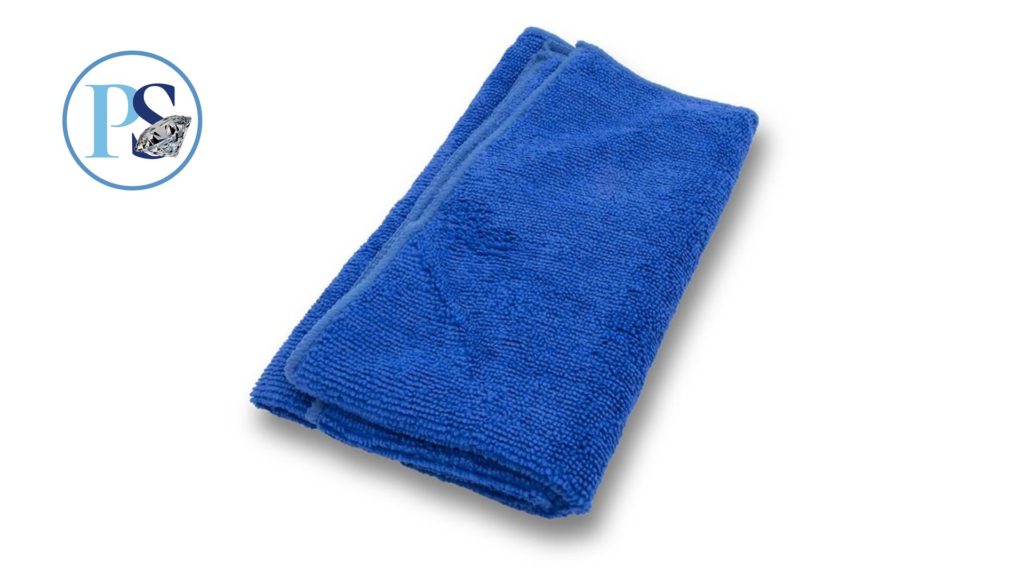
How to Clean Jewelry – Real World Information
Most people would not drive their Rolls Royce Phantom through a gas station car wash proclaiming “not responsible for damage.” In the same spirit, be cautious in your treatment of different jewelry pieces. A titanium band or diamond solitaire can be exposed to cleaning methods that will damage other jewelry pieces.
The Gemstone No-Fly Zone
It’s best not to expose gemstone jewelry to mechanical cleaners. Traditional oil treatments can be driven out, dulling transparency or color, and many gems can crack or shatter when exposed to sudden temperature changes – steam cleaners or boilers – or ultrasonic bubble implosions.
Take care with your diamond jewelry, as well. If a piece with stone clusters has taken some knocks during normal wear the vibrations generated by ultrasonic cleaning can shake small diamonds loose and even cause damage, if their girdles wind up touching.
Annual Checkups
Once per year, we recommend that you return to the boutique and have your jewelry cleaned there, inspected and checked for security. For pearls, specifically, its good to have the stringing checked on an annual basis.
Jewelry Cleaning Process
Periodically it’s prudent to perform thorough home jewelry cleaning. Due to their superior hardness, toughness and stability, these seven steps can be safely performed with diamonds. Other jewelry should be considered on a case by case basis.
Specifically, certain organics and the mineral malachite should only be cleaned using the Careful Cleaning Credo above. There are also luxury brands that stipulate their jewelry containing amber, coral, pearl, lapis lazuli, turquoise, emerald or a significant stone cluster should be brought to one of their boutiques for cleaning. Know the policies of your jeweler and, when in doubt, fall back on the Careful Cleaning Credo and save deeper cleaning for the professionals.
Seven Steps to Sparkle
Step 1 – SET UP FOR SUCCESS

Step 2 – SOFT SOAK
Pro-tips: Common advice is to use lukewarm water. Taken literally “Luke” comes from the Middle English word “lew,” which means tepid, but that’s not very scientific. When drawing your jewelry bath water, run it over your wrist until you arrive at a temperature that feels warmer than your body’s temperature but is ‘comfortably warm’ and not hot, typically 100 degrees or a few degrees above that. Soak each piece of jewelry for a few minutes. A longer soak may be needed if dirty.
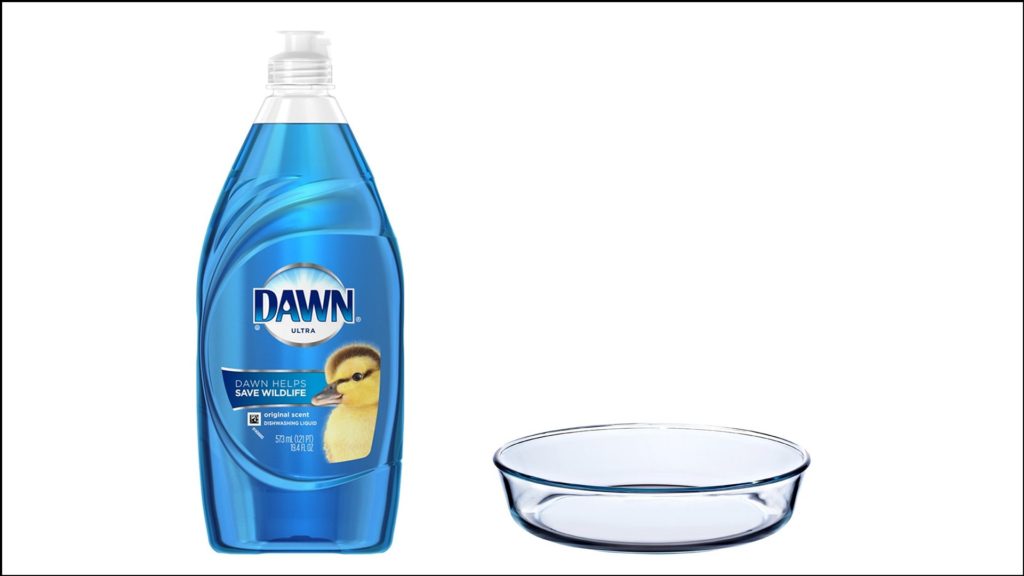
Step 3 – SOFTER BRUSH
Pro tips: Brush selection is very important. A toothbrush with bristles designated soft or extra soft is suitable. Avoid toothbrushes medium and higher. Tooth enamel has a Mohs hardness of 5, and can be scratched by medium, firm or hard bristles. Most gems in jewelry will be harder than that, but gold alloys used for jewelry have an average hardness of 2.5 and platinum has a hardness of 4.5. Don’t use an old brush or one which might have detritus on it, as debris could also scratch your jewelry.
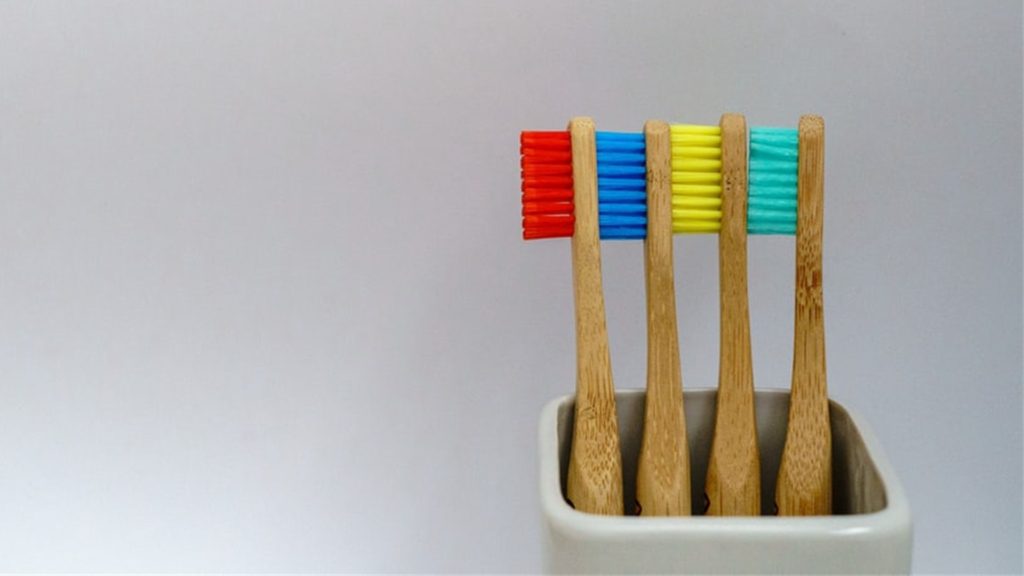
Step 4 – KNOW YOUR ANATOMY
Pro-tips: Just as autophiles learn how everything works under the hood of a car, your cleaning efforts will be improved if you familiarize yourself with how your precious pieces work. To get transparent faceted gemstones to look their best, the top and bottom facets need to be clean. Light enters the stone from above, but the bottom facets play a critical role in both reflection, which helps the stone be bright, as well as refraction. Light that would normally reflect gets drawn out by grease or oil on the underside. This mutes how diamonds and gemstones sparkle.
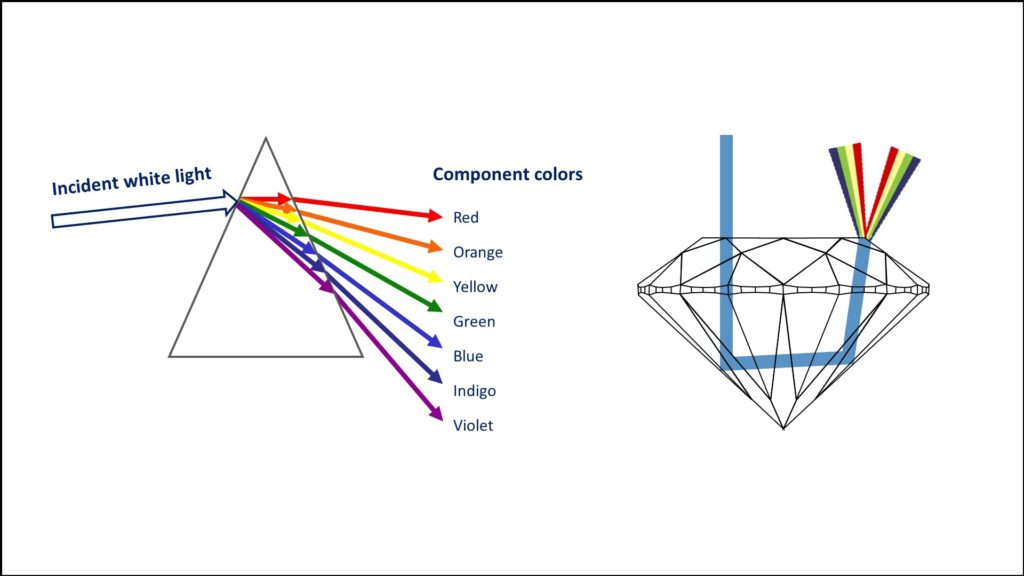
Step 5 – CHECK YOUR PRONGS
Pro-tips: The prongs which hold your gemstones are particularly important. They act as shock absorbers, protecting gemstones if your jewelry gets knocked about. When it comes to cleaning, the notches cut into the prongs for setting the gemstone can become repositories for dirt. Take time to inspect the prongs to be sure they’re secure (you can use a magnifying glass or jewelers’ loupe to more easily do this) and use your soft brush to gently clean them. For other setting types, be sure all contact areas around the compass of the stones are secure and undamaged.
For some prongs, and to more easily clean the undersides of gems, some professionals recommend a soft camel hair artist’s brush, where the hairs come to a point. On our PriceScope forum it has been suggested that a soft eyeshadow brush (like the ELF flat oval) has longer, more flexible bristles than a standard toothbrush, allowing more reach in cleaning.

Step 6 – WARM, CLEAN WATER RINSE
Pro-tips: When you finish brushing, rinse the piece carefully in warm, fresh running water. The water you soak the piece in and the water you rinse it with should be the same temperature. Never take it from warm to cold water or vice-versa. Depending on where you live, your ground water may be hard. The US Geological Survey identifies Arizona, Florida, Indiana, New Mexico, Utah and Wisconsin as states where the ground water is very hard if untreated. On our PriceScope forum Colorado has been reported to have hard water in places as well. If hard tap water is untreated it can leave deposits. If you are in doubt, you can warm up distilled water and rinse using that.
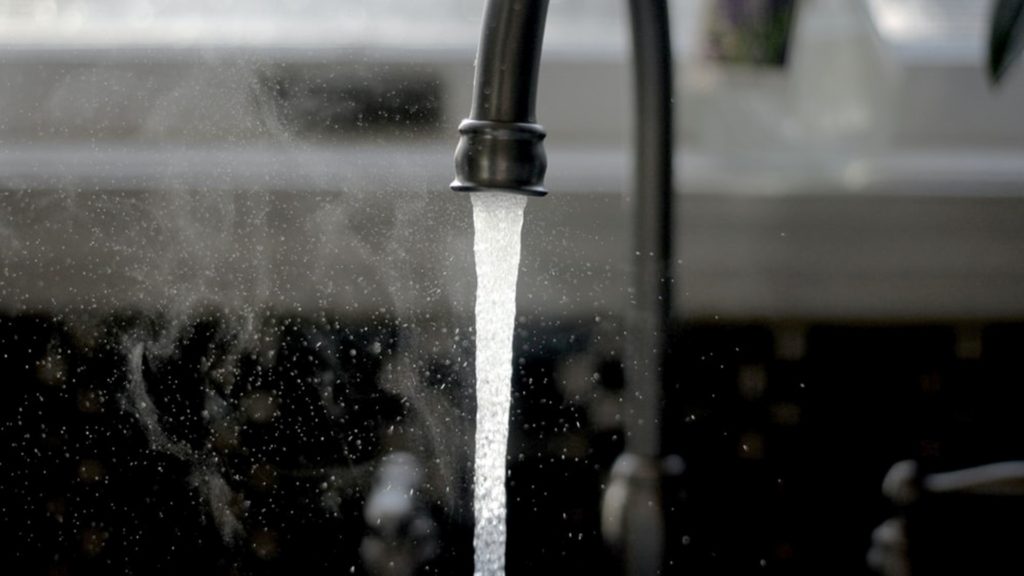
Step 7 – CHAMOIS DRY
Pro-tips: Wipe your jewelry clean with a soft cloth, a chamois leather or a clean microfiber tissue. Don’t use paper towels. They can leave tatters in prongs and cheap paper towels are abrasive. Use the cloth to absorb as much moisture as possible. If you can’t reach all areas, set it on the chamois and allow it to air dry. Some people avoid the chamois, placing their rinsed pieces in a bed of dry maple wood chips which absorb the moisture. Once dry they just blow away the chips. On our PriceScope forum some members report using compressed air to quickly blow-dry their jewelry. When doing this be sure you keep the compressed air source at a distance that won’t shock delicate pieces.
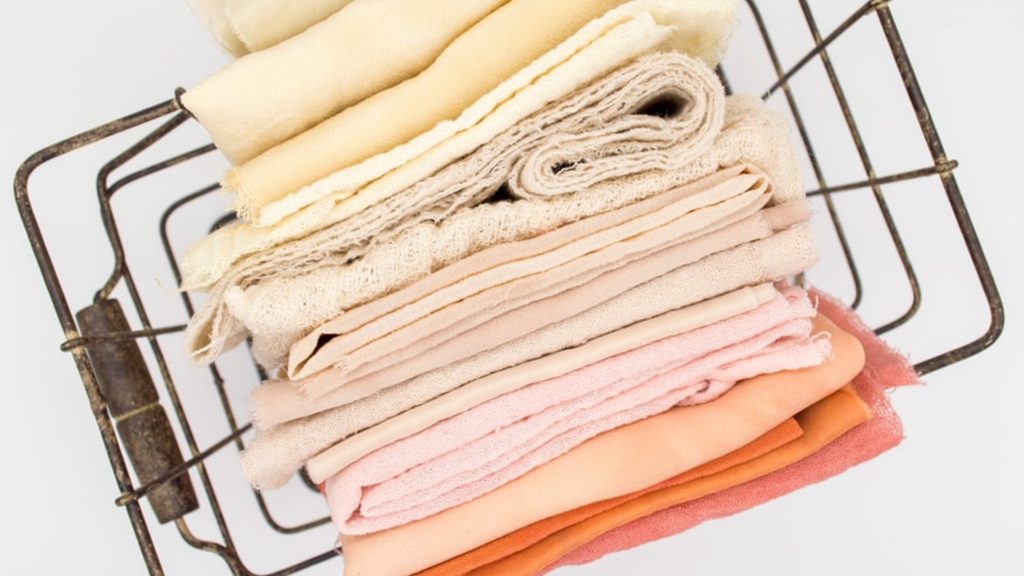
Voilà
Now your jewelry is fresh, clean, shiny and ready to dazzle. If you combine the daily Careful Cleaning Credo with these Seven Steps to Sparkle it will help your daily wear diamond jewelry to remain vibrant, sparkling and on-point between checkups with your jewelry professional.
For any seriously soiled pieces professional cleaning is recommended.

Get fast answers to any question: Ask our community of unbiased independent helpers.
Ready to find your diamond?

Retail Diamond Prices Chart Updated Monthly.

Two Paths, One Diamond Not all diamonds come from the same place — but they all start the same way. Pure carbon, crystalized under immense pressure and heat. Whether it…
A Wedding Ring as Unique as Your Love Finding the right wedding ring isn’t just about diamonds or gold – it’s about finding the one that feels right. With hundreds…
So, you’re thinking about lab-grown diamonds? Smart move. They’re just as sparkly as the natural kind but usually cost less. But where do you actually go to buy them? It…

Want to stay updated on the most recent blogs, forum posts, and educational articles? Sign up for Bling News, PriceScope’s weekly newsletter.